Octal Number System
Octal number system has a base or radix 8. Eight different symbols, namely 0, 1, 2, 3, 4, 5, 6, 7 are used to represent octal numbers. Conversion of octal numbers to their decimal equivalents can be accomplished by using the same rule which was followed to convert binary numbers to decimal numbers, except that we now have a radix 8 instead of 2. Thus the octal number 273 has the decimal equivalent.
2738
= 2 × 82 + 7 × 81 + 3 × 80
= 128 + 56 + 3
= 18710
Conversion of decimal I integers to octal can be performed by successively dividing number by 8 and using each remainder as a digit of the desired octal number. We note that the first remainder is the least significant digit and the last one is the most significant digit. In the case of decimal fractions, we use the same method which was used in converting decimal fractions to binary fractions.
Few examples on octal number system are explained with this method:
Convert the decimal numbers to their octal equivalents:
(a) 2980
Solution:
2980
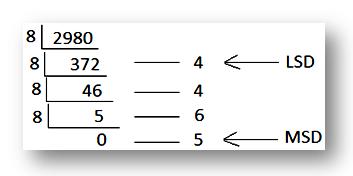
Hence 298010 = 56448
(b) 0.685
Solution:
0.685
Decimal Numbers to Binary Number Conversion Table |
|||||||
|---|---|---|---|---|---|---|---|
| Multiplication | Integer | Fraction | |||||
| 0.685 × 8 = 5.480 | 5 | .48 | |||||
| 0.48 × 8 = 3.84 | 3 | .84 | |||||
| .84 × 8 = 6.72 | 6 | .72 | |||||
| .72 × 8 = 5.76 | 5 | .76 | |||||
Therefore, 0.68510 = (0.5365…)8
- Why Binary Numbers are Used
- Binary to Decimal Conversion
- Conversion of Numbers
- Hexa-decimal Number System
- Conversion of Binary Numbers to Octal or Hexa-decimal Numbers
- Octal and Hexa-Decimal Numbers
- Signed-magnitude Representation
- Radix Complement
- Diminished Radix Complement
- Arithmetic Operations of Binary Numbers
From Octal Number System to HOME PAGE
Didn't find what you were looking for? Or want to know more information about Math Only Math. Use this Google Search to find what you need.
Recent Articles
-
Converting Fractions to Decimals | Solved Examples | Free Worksheet
Apr 28, 25 01:43 AM
In converting fractions to decimals, we know that decimals are fractions with denominators 10, 100, 1000 etc. In order to convert other fractions into decimals, we follow the following steps: -
Expanded Form of a Number | Writing Numbers in Expanded Form | Values
Apr 27, 25 10:13 AM
We know that the number written as sum of the place-values of its digits is called the expanded form of a number. In expanded form of a number, the number is shown according to the place values of its… -
Converting Decimals to Fractions | Solved Examples | Free Worksheet
Apr 26, 25 04:56 PM
In converting decimals to fractions, we know that a decimal can always be converted into a fraction by using the following steps: Step I: Obtain the decimal. Step II: Remove the decimal points from th… -
Worksheet on Decimal Numbers | Decimals Number Concepts | Answers
Apr 26, 25 03:48 PM
Practice different types of math questions given in the worksheet on decimal numbers, these math problems will help the students to review decimals number concepts. -
Multiplication Table of 4 |Read and Write the Table of 4|4 Times Table
Apr 26, 25 01:00 PM
Repeated addition by 4’s means the multiplication table of 4. (i) When 5 candle-stands having four candles each. By repeated addition we can show 4 + 4 + 4 + 4 + 4 = 20 Then, four 5 times

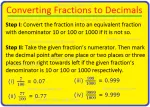

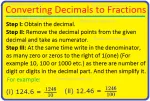
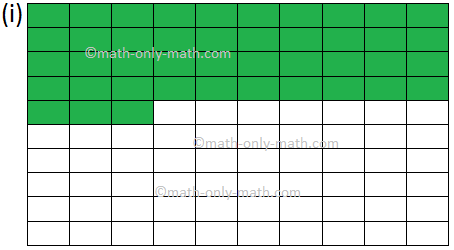
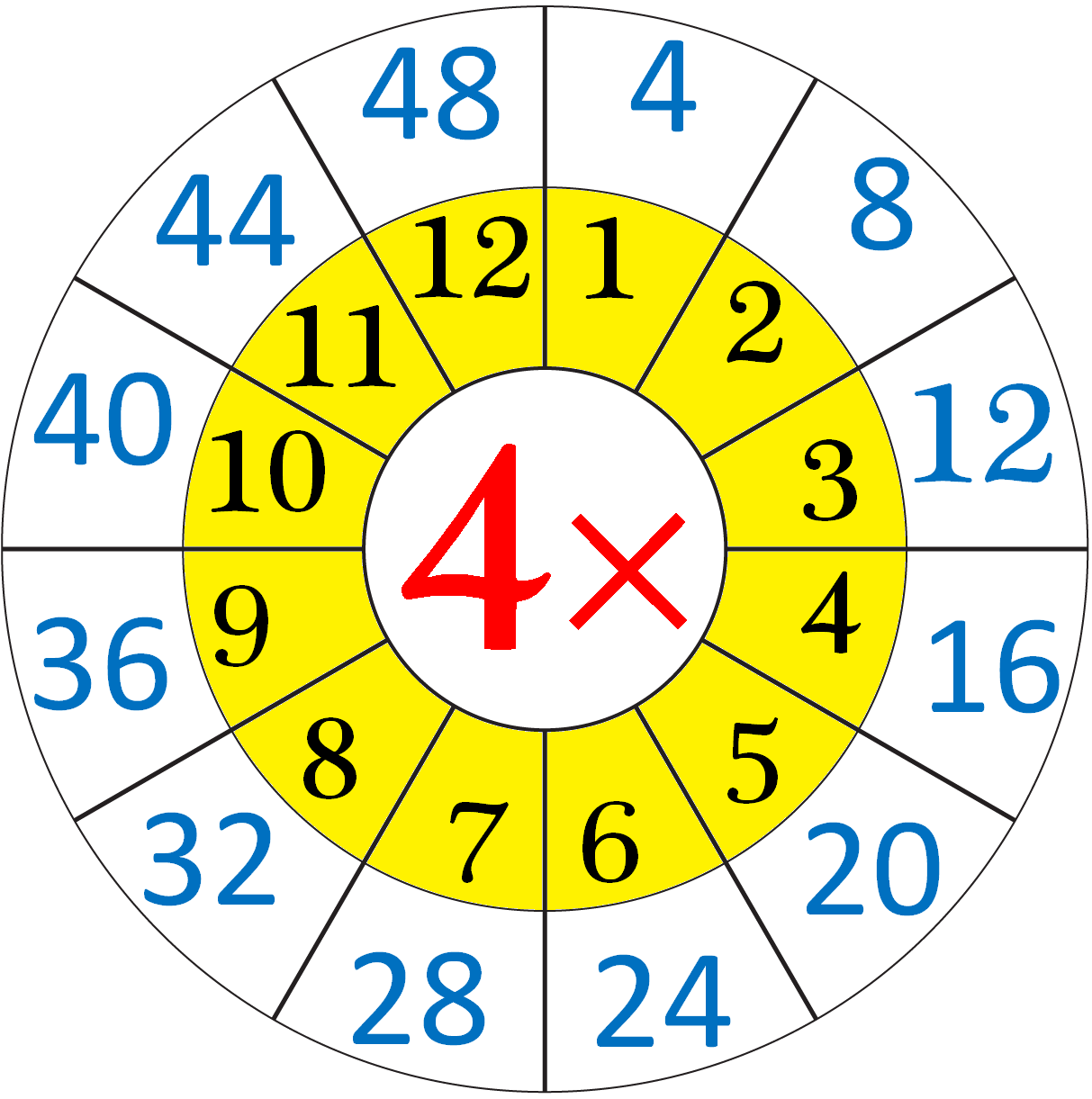
New! Comments
Have your say about what you just read! Leave me a comment in the box below. Ask a Question or Answer a Question.